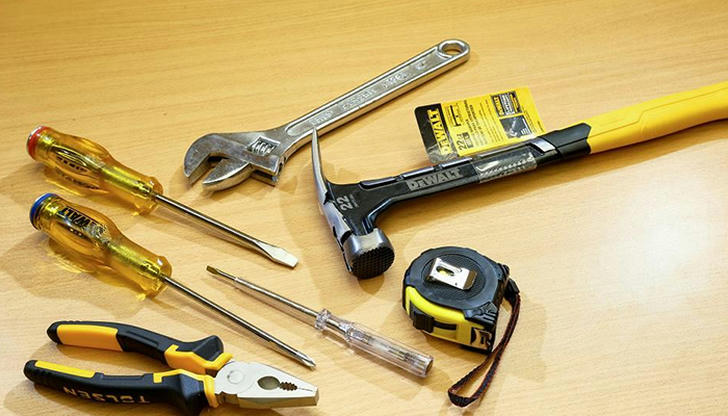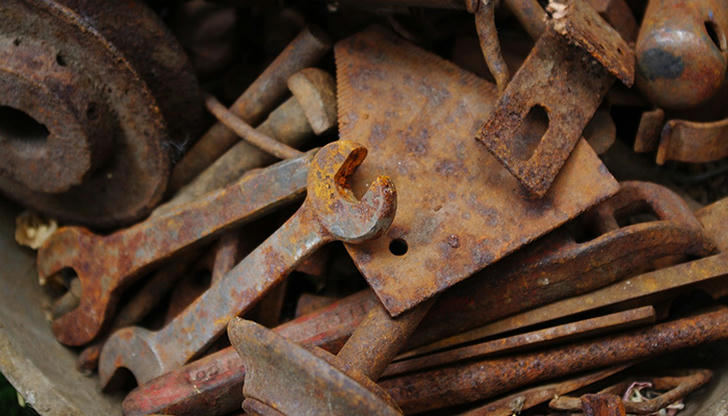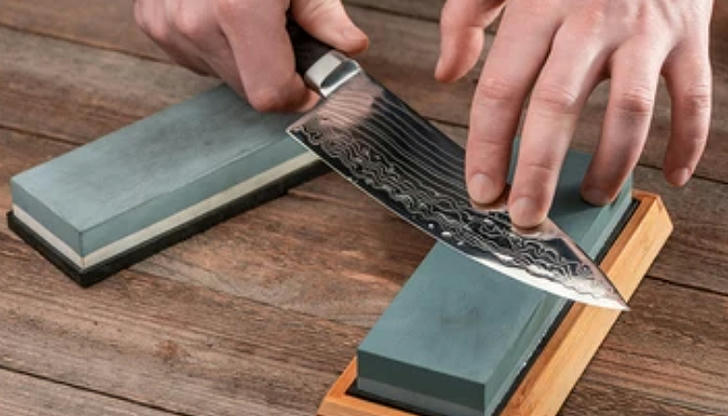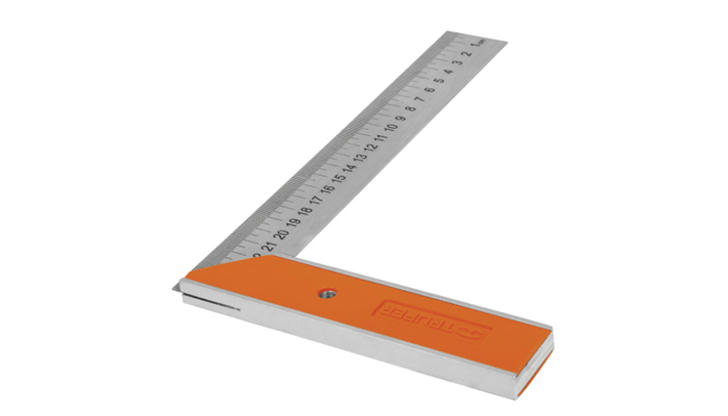Step-by-Step Guide: How to Properly Maintain Your Home Tools

That toolbox isn't just for storage! Taking care of your tools goes beyond keeping things tidy. Regular maintenance extends their lifespan, ensures safe operation, and keeps you working efficiently. From sharper cuts to fewer breakdowns, discover why prioritizing tool maintenance is an investment in your projects and your wallet.
Here are some basic tools you'll want to have on hand for proper tool maintenance:
Lubricating oil:
A can of lubricating oil will keep your tools functioning smoothly and prevent rust. Choose a lightweight oil for precision tools and a thicker oil for heavier-duty tools.

Cleaning cloths:
A good supply of rags or microfiber cloths will come in handy for wiping down your tools and removing dirt, grime, and debris.

Wire brush:
A wire brush is great for scrubbing away stubborn dirt and rust on metal tools.

Steel wool:
Steel wool can be used for more delicate cleaning tasks, such as removing rust from chrome surfaces.

Socket wrench set:
A socket wrench set will allow you to tighten or loosen nuts and bolts of various sizes. This is especially important for maintaining power tools.

Screwdriver set:
A screwdriver set with a variety of Phillips heads, flat heads, and Torx bits will allow you to disassemble and reassemble many tools for cleaning and lubrication.

These are just a few basic tools you'll need for proper tool maintenance. The specific tools you'll need will depend on the types of tools you own. With a little care and maintenance, your tools will last for many years to come.
Simple Five-Step Guide to Keeping Your Tools in Top Shape:
Step 1:

To keep your tools working like a charm, start by giving them a good look. Check for any signs of wear, rust, or damage. Make sure each tool is spick and span using the right cleaning tricks. This helps you catch any issues early on and keeps your tools looking sharp.
Step 2:

Next up, think about lubrication – like giving your tools a little massage. Find the parts that move and apply a bit of lubricant to make things smoother. Spread it out evenly, so your tools don't feel left out. This step keeps your tools happy and working longer.
Step 3:

Now, let's talk sharpness. Just like you wouldn't cut with a dull knife, your tools need to stay sharp too. If they seem a bit dull, grab the right tool for the job and sharpen them up. It's like giving your tools a little spa day, making sure they're always ready to cut through any task.
Step 4:

After that, think precision. If you have tools that measure things, check if they're right on the money. If not, a little calibration – like a tune-up for your tools – can fix that. It ensures your measurements are spot-on for all your projects.
Step 5:

Lastly, don't forget about where your tools hang out. Keep them in a clean, dry spot, organized in racks or drawers. This not only prevents them from getting grumpy but also makes it easy for you to find the right tool when you need it.
By following these simple steps, you'll keep your tools happy, healthy, and always ready to lend a hand in your DIY adventures.
Easy Tips for Specific Tool Maintenance
Keep your tools in great shape with these easy tips! Whether it's power tools with cords, gardening tools for outdoor work, or simple hand tools, we've got simple advice to make sure they last longer and work better.
Sharpen Blades and Bits: This applies to cutting tools like knives, saws, chisels, and drill bits. Regular sharpening ensures clean cuts, prevents extra exertion while using the tool, and reduces wear and tear on the tool itself.
Lubricate Moving Parts: This is crucial for power tools and some hand tools with moving parts like pliers or screwdrivers. Proper lubrication minimizes friction, prevents rust, and extends the tool's lifespan. Consult the manufacturer's instructions for the recommended lubricant type and application points.
Store Properly: Keep your tools in a dry, clean space. This prevents rust and corrosion on metal parts and protects wooden handles from cracking or warping. Ideally, store your tools in a toolbox or designated storage area to avoid clutter and damage from being knocked around.
